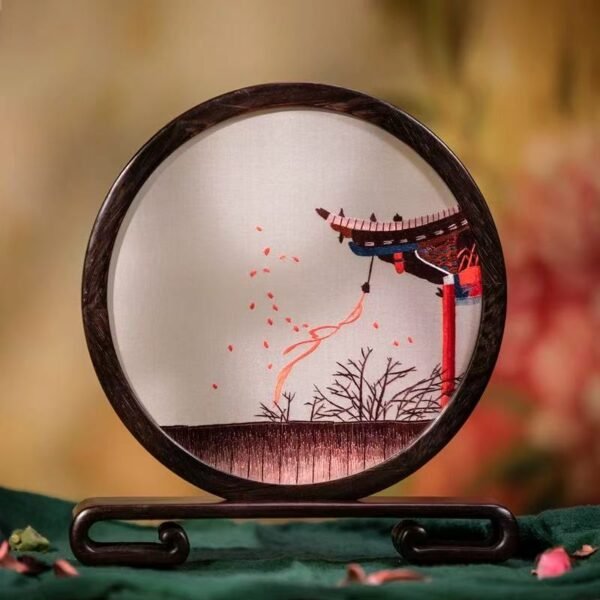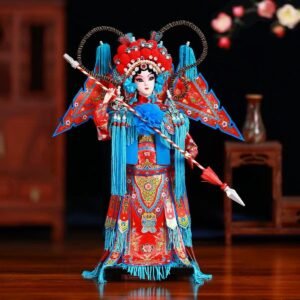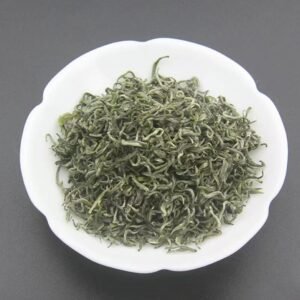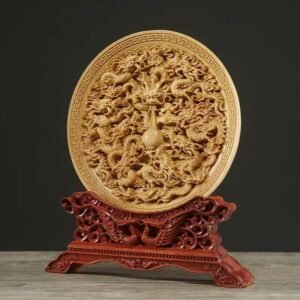Xiang Embroidery (Xiangxiu, 湘绣) is one of the Four Great Embroideries of China, alongside Suzhou, Yue, and Shu embroidery. Originating in Hunan Province, particularly around the city of Changsha, Xiang embroidery is renowned for its realistic imagery, bold contrasts, and exquisite needlework.
1. Historical Background
With a history of over 2,000 years, Xiang embroidery evolved from folk traditions and became highly developed during the Qing Dynasty. It was widely used to decorate robes, fans, pillowcases, and religious artifacts, and even served as tribute to the imperial court.
2. Distinctive Features
•Themes: Xiang embroidery often features tigers, lions, birds, fish, flowers, and landscapes, with a particular emphasis on animals and natural scenes.
•Realism: Influenced by traditional Chinese painting, it is known for its lifelike details and expressive textures.
•Color Use: Strong contrast between light and dark is a hallmark, creating a 3D effect and vivid depth.
•Technique: The use of random stitching (luan zhen) creates layered, natural textures, especially for fur, feathers, and water.
3. Materials & Techniques
Xiang embroidery is usually done on silk fabric using silk threads, often dyed in multiple subtle shades. The techniques include:
•Double-sided embroidery – where both sides of the fabric show different images without visible knots
•Flat and raised embroidery – to add dimension and texture
•Layered shading – to achieve smooth color transitions and realism
4. Cultural Significance
Xiang embroidery is a vital part of Hunan’s cultural identity and is recognized as a National Intangible Cultural Heritage of China. It represents a fusion of folk art and fine art, often passed down through generations of skilled artisans.
Today, Xiang embroidery is showcased in museums, art exhibitions, and high-end fashion and decor, admired both in China and internationally for its beauty and craftsmanship.





评价
目前还没有评价